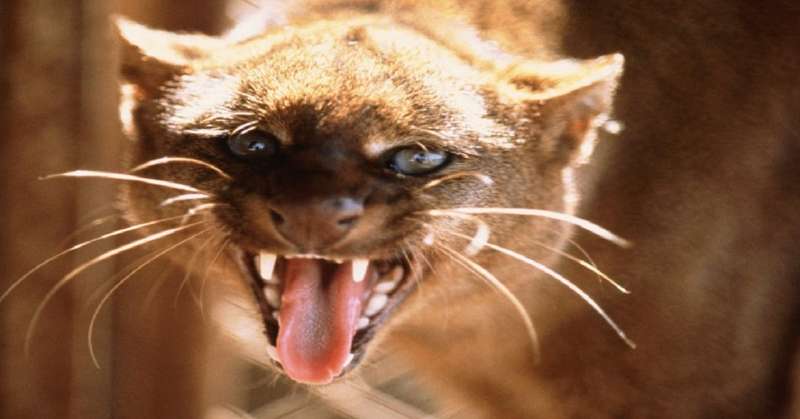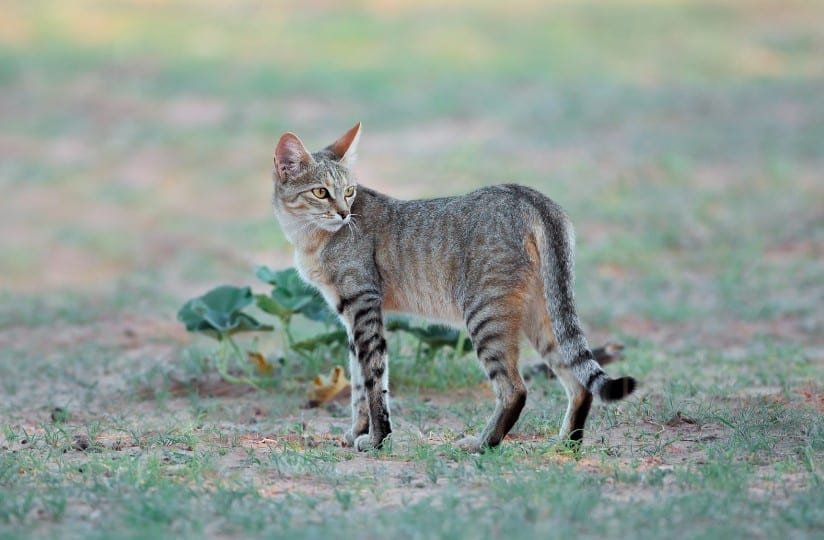Unraveling the Mysteries of the Wild Cat
The wild cat (Felis silvestris) is an elusive and captivating creature that has fascinated humans for centuries. This intriguing feline species is characterized by its remarkable adaptability, which has enabled it to thrive in diverse environments. This article delves into the fascinating world of the wild cat, exploring its unique traits, behavior, and natural habitats, as well as the ongoing conservation efforts to protect this enigmatic species.
Understanding the Wild Cat’s Natural Habitats
Wild cats are native to a broad range of habitats across the globe, from the dense forests of Europe and Asia to the arid deserts of Africa. This adaptability has allowed the species to persist in a variety of environments, including grasslands, scrublands, and even urban settings. The wild cat’s diverse habitat preferences contribute to its ability to thrive in such a wide range of ecosystems.
Physical Characteristics and Adaptations
Wild cats exhibit a range of physical features that enable them to survive in their respective habitats. Their fur color and pattern often vary depending on the region, allowing them to blend in with their surroundings. Wild cats from forested areas typically have a more prominent coat pattern, while those from deserts or grasslands often possess a more uniform coloration. This camouflage helps wild cats avoid detection by both predators and prey.
Aside from their coat pattern, wild cats also have other adaptations that contribute to their survival. Their keen senses of smell, hearing, and vision aid them in detecting prey and avoiding threats. Additionally, their retractable claws and powerful limbs enable them to climb trees and chase after prey with incredible agility.
Wild Cat Behavior and Diet
Wild cats are primarily solitary creatures, with each individual maintaining a well-defined territory. They mark their territories using scent glands on their cheeks and paws, as well as by spraying urine. Wild cats are nocturnal or crepuscular, meaning they are most active during the early morning and evening hours.
As carnivores, wild cats primarily feed on small mammals, birds, and reptiles. They rely on their stealth and camouflage to stalk their prey, often pouncing from a concealed position to deliver a swift, lethal bite. Wild cats may also consume carrion or scavenge from human sources when the opportunity arises.
The Wild Cat’s Elusive Nature
Due to their elusive nature and nocturnal habits, wild cats can be difficult to observe in the wild. This has led to many myths and misconceptions surrounding these enigmatic creatures. However, ongoing research and conservation efforts have shed light on the true nature of wild cats, revealing their incredible adaptability and resilience in the face of environmental challenges.
The Role of the Wild Cat in Ecosystems
As apex predators, wild cats play a crucial role in maintaining the balance of their ecosystems. By controlling the populations of small mammals and other prey species, they help to regulate the distribution of resources and prevent overgrazing or other detrimental effects on vegetation. In turn, this helps to support a diverse and healthy ecosystem, benefiting both plants and animals alike.
Wild Cat Conservation Efforts
With the ongoing threats of habitat loss, human-wildlife conflict, and climate change, wild cat populations have experienced significant declines in recent years. As a result, conservation organizations and researchers are working tirelessly to protect and preserve wild cat populations through habitat restoration, education, and other measures.
Efforts to conserve wild cats include monitoring populations, mitigating human-wildlife conflicts, and implementing programs to protect vital habitats. Additionally, raising public awareness about the importance of wild cats in ecosystems and the threats they face is crucial for garnering support and encouraging responsible actions.
Responsible Wildlife Tourism and Wild Cats
Promoting responsible wildlife tourism can also contribute to wild cat conservation efforts. By engaging in eco-friendly practices and supporting local conservation initiatives, tourists can play a vital role in protecting wild cat habitats and raising awareness about the challenges they face.
Here are some tips for responsible wildlife tourism:
- Choose eco-friendly accommodations that prioritize sustainability and support local conservation projects.
- Follow guidelines and regulations set by local authorities and wildlife experts to minimize your impact on the environment and wildlife.
- Avoid using flash photography, as it can disturb wild cats and other nocturnal animals.
- Maintain a safe distance from wild cats and never attempt to feed or interact with them.
- Educate yourself about wild cat conservation and share your knowledge with others to promote awareness and support for these enigmatic creatures.
The Future of Wild Cat Conservation
The future of wild cat conservation hinges on the collective efforts of researchers, conservationists, governments, and individuals. By supporting and participating in conservation initiatives, we can help ensure that wild cats continue to thrive in their natural habitats for generations to come.
Collaboration between organizations and countries is essential for creating effective conservation strategies that span across wild cat habitats. Additionally, advancements in technology and research methods will further our understanding of these elusive creatures and inform more targeted conservation actions.
Conclusion
The wild cat is an enigmatic and fascinating species that has captured the imagination of humans for centuries. Despite their elusive nature, these adaptable felines have managed to thrive in diverse environments across the globe. By understanding and appreciating the unique characteristics, behavior, and natural habitats of the wild cat, we can contribute to ongoing conservation efforts and ensure the survival of this captivating species.
As we continue to learn more about wild cats and their integral role in ecosystems, it is our responsibility to protect and preserve their habitats for future generations. By engaging in responsible tourism practices, supporting conservation initiatives, and raising awareness about the plight of wild cats, we can work together to safeguard these extraordinary creatures and the ecosystems they call home.













